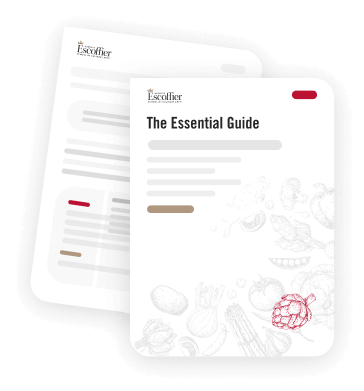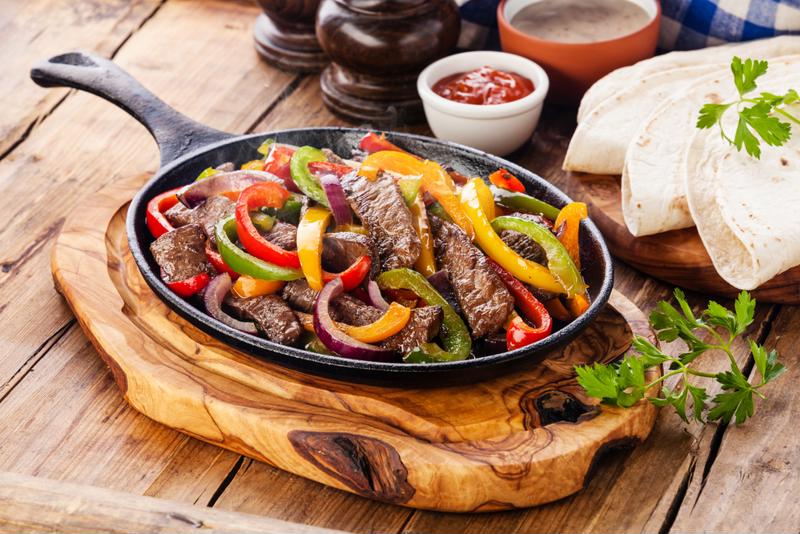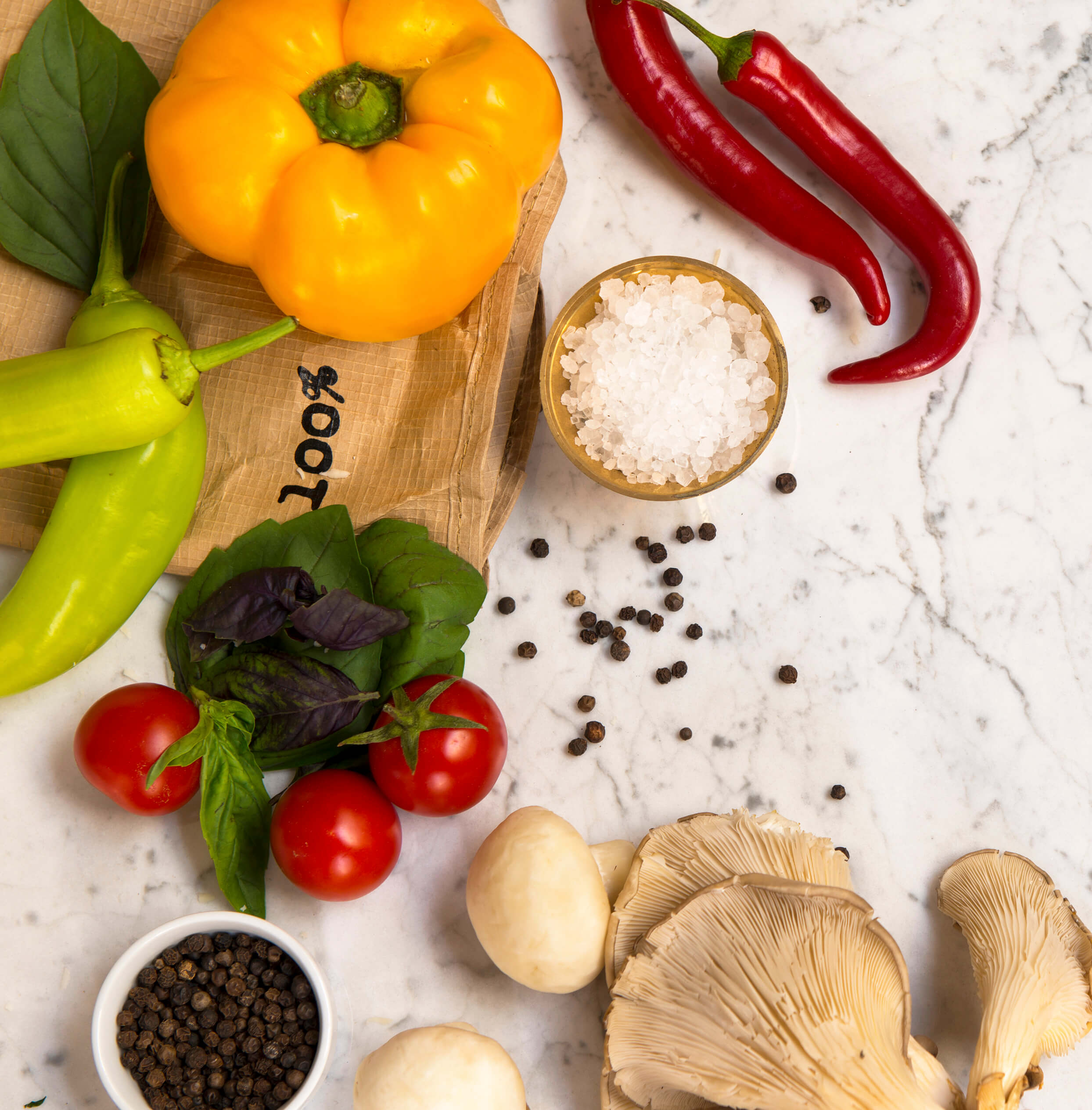Cooking With Peppers

Whether you’re stuffing bell peppers or adding some hot peppers to your chili, we all know that peppers are the ultimate way to enhance just about every meal. Not every pepper is good for everything, though! Here’s what you should know about cooking with peppers:
Cooking with the seeds
Most of the time, you just use the outer part of the pepper for your recipe. However, the seeds and pith are still edible. In fact, if you’re using hot peppers and want to add a little extra heat, you can leave some seeds in the mix. Jalapenos are a great pepper that offers a little bit of spice to your recipe without being too overwhelming. If you’ve typically only worked with bell peppers, jalapenos are a great segue into the world of hot peppers!
Hot peppers
Don’t be fooled by the color of peppers – just because a pepper is red, orange or yellow doesn’t mean it’ll be spicy. In general, bell peppers are more savory than hot, adding flavor rather than heat. However, chili peppers are typically the hot ones. According to Recipe Tips, a good rule of thumb when choosing your hot peppers is to judge them by size. This is because the smaller the pepper, the more intense the heat usually is, with the exception of banana peppers. You can also test the heat of the pepper by rubbing your finger along the skin and licking it.
 Sweetening peppers
Sweetening peppers
Even the hottest peppers can be toned down a little bit by cooking them. Have you ever realized how much more flavorful the peppers in fajitas are than the on a party platter waiting to be dipped into ranch dressing? A great way to really bring out the depth of a pepper’s flavor is to saute or grill it before adding it to your dish. Cut these peppers up and add a copious amount of butter or olive oil to the mix to really caramelize them.
Drink some milk
When you’re eating peppers that are hotter than you expect them to be, you can counteract the heat in your mouth with a dairy product, like milk, sour cream or even a mild cheese. This is because the dairy counteracts capsaicin – the heat source of the pepper. Drinking water will actually just spread the heat around your mouth!


